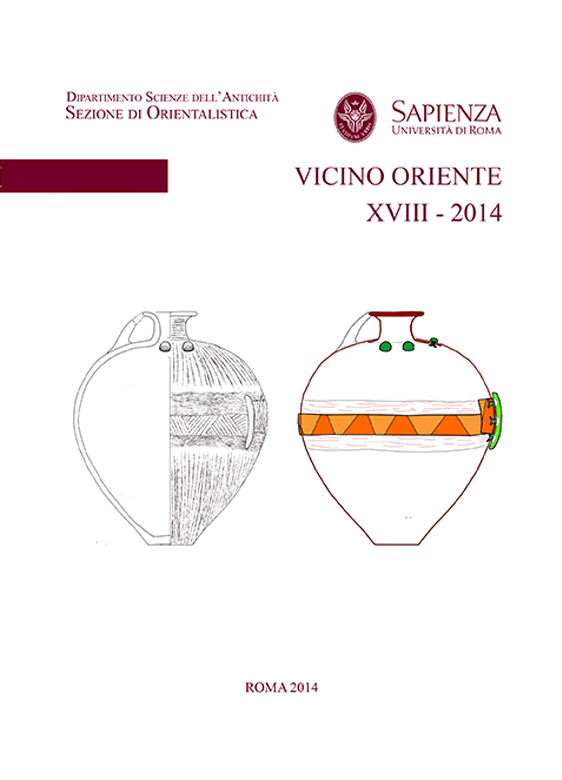Abstract
One of the main features of Sasanian era was the philosophical movement through which Iranian
thinkers became familiar with new ideas. Xusrow The First ordered some philosophical texts, such as
Aristotle’s Book of Logic, to be translated from Greek into Pahlavi. They also introduced some texts
from India and translated them from Sanskrit into Pahlavi. Through the process of translation, many
Pahlavi philosophical terms were coined. They are scattered among the Pahlavi texts such as
Dēnkard, Bundahišn, Wizīdagīhā ī Zādsparam and so on. The aim of this paper then is to introduce
one of the well-known terms called čahār zahagān or four elements. In addition to other meanings
mentioned in the article the term čahār zahagān denotes to the four elements of soil, wind, water and
fire by which the whole world is constructed. This idea was borrowed by Iranian translators
presumably from Greek and Roman philosophers. During the Islamic period the term čahār zahagān
has a more broad meaning. From their point of view the Greater World or gēhān ī wuzurg was
comparable to the human body or gēhān ī kōdak.

This work is licensed under a Creative Commons Attribution-NonCommercial-NoDerivatives 4.0 International License.
Copyright (c) 2023 VICINO ORIENTE

